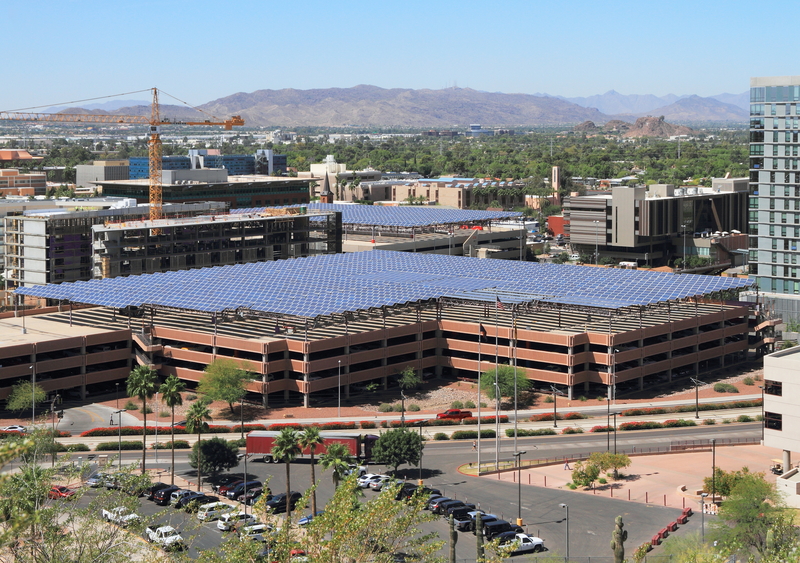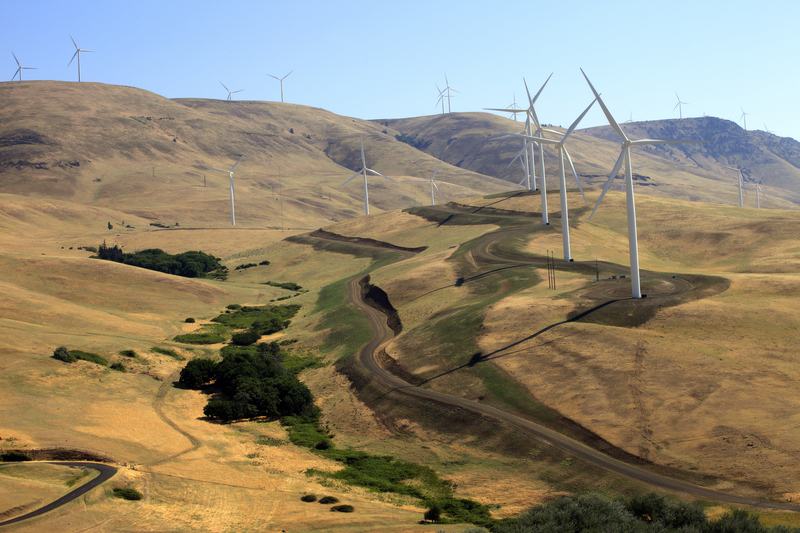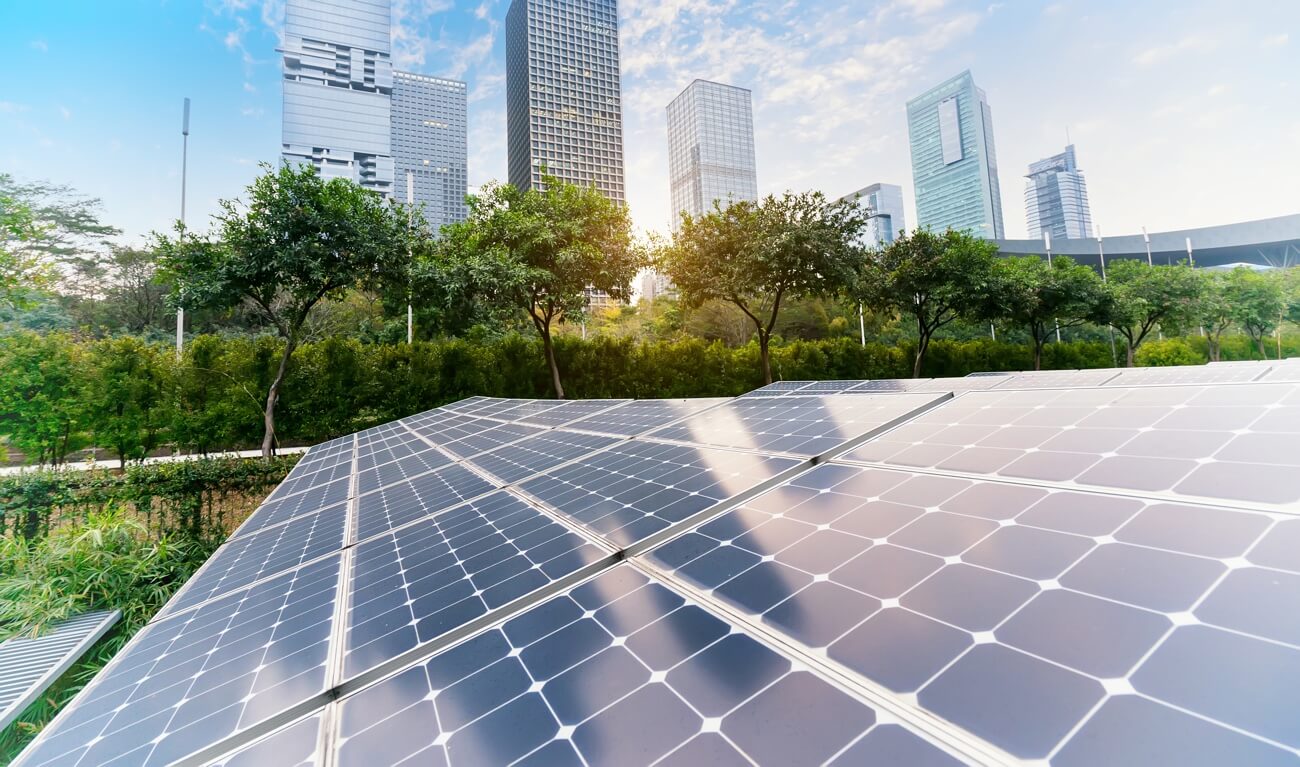This article is your complete guide to energy rates by state. As of 2023, the average cost of electricity in the US is 23 cents per kWh. Finding the exact cost per state is difficult to nail down because the cost of electricity varies by the minute. The methods used to calculate your energy bill can change by the weather, location, and market type. Understanding the different electric power rates by state can make an entire difference in the desirability of settling in one state or another. It can also help adjust how you save on your energy bill! If you’re ready to learn all about the different energy rates by state, read on!
Here at The Energy Professor, we want to give you the information you need to not only save money on your energy bill but to also become more energy efficient. We hope find this post helpful! And makes it easier for you to know more about energy rates by state. Be sure to also check out our one-of-a-kind energy savings calculator!
The Energy Professor Electricity Rate Check Tool
Energy Rates by State 2024

Becoming aware of the average utility rate by state and understanding your electric bill will help exponentially as electricity rates continue to rise. Each state has a variation of costs that go into what sets the utility prices by state, but unfortunately, as national energy costs rise, so will individual state costs.
Cost of Electricity By State
- Alabama – 14.13¢ / kWh
- Alaska – 24.07¢ / kWh
- Arizona – 14.74¢ / kWh
- Arkansas – 13.26¢ / kWh
- California – 28.38¢ / kWh
- Colorado – 14.61¢ / kWh
- Connecticut – 25.90¢ / kWh
- Florida – 15.48¢ / kWh
- Georgia – 13.95¢ / kWh
- Hawaii – 46.52 cents/kWh
- Idaho – 10.35¢ / kWh
- Illinois – 14.40¢ / kWh
- Indiana – 16.28¢ / kWh
- Iowa – 13.45¢ / kWh
- Kansas – 12.96¢ / kWh
- Kentucky – 12.21¢ / kWh
- Louisiana – 12.40¢ / kWh
- Main – 21.82¢ / kWh
- Maryland – 14.74¢ / kWh
- Massachusetts – 28.36¢ / kWh
- Michigan – 18.88¢ / kWh
- Minnesota – 16.05¢ / kWh
- Mississippi – 12.25¢ / kWh
- Missouri – 13.16¢ / kWh
- Montana – 12.61¢ / kWh
- Nebraska – 10.58¢ / kWh
- Nevada – 14.54¢ / kWh
- New Hampshire – 27.54¢ / kWh
- New Jersey – 17.76¢ / kWh
- New Mexico – 14.95¢ / kWh
- New York – 22.64¢ / kWh
- North Carolina – 12.50¢ / kWh
- North Dakota – 10.23¢ / kWh
- Ohio – 13.90¢ / kWh
- Oklahoma – 10.99¢ / kWh
- Oregon – 13.58¢ / kWh
- Pennsylvania – 17.02¢ / kWh
- Rhode Island – 21.94¢ / kWh
- South Carolina – 13.46¢ / kWh
- South Dakota – 11.69¢ / kWh
- Tennessee – 12.18¢ / kWh
- Texas – 12.79¢ / kWh
- Utah – 12.78¢ / kWh
- Vermont – 14.11¢ / kWh
- Virginia – 13.61¢ / kWh
- Washington – 11.67¢ / kWh
- Washington D.C. – 12.83¢ / kWh
- West Virginia – 13.37¢ / kWh
- Wisconsin – 16.43¢ / kWh
- Wyoming – 11.21¢ / kWh
The overall average electricity cost per state in 2023 was 23 cents/kWh for residential electricity consumers and has been the highest on record! We can use that number as a good baseline when we compare the states with the highest and lowest average energy rates.
Related Post: How to Find Light Companies with No Deposit with The Energy Professor
What State has the Highest Electric Rates?

There are many factors as to why the average utility rates by states would be higher in some than others. The most common reasons why are the availability of power plants and fuels, the local fuel cost, and the state pricing regulations. So, how do you know if your electricity bill is right for you? Educate yourself. Be in the know about your energy consumption habits and how they relate to your bill. Being aware of what you should be paying will tip you off when you are paying too much.
Highest Electric Rates by State
- Hawaii – 46.52 cents/kWh
Hawaii comes in first place as the state with the highest energy rates by state. As stated by the EIA, for January 2024 the average electricity cost per state (cents per kilowatt-hour) for the highest states.
Other states with high electricity rates are:
- California – 28.38¢ / kWh
- Massachusetts – 28.36¢ / kWh
- New Hampshire – 27.54¢ / kWh
- Alaska – 24.07¢ / kWh
All these states have their unique reasons for their exceptionally high rates, but let’s take a closer look at Hawaii.
Hawaii’s geographical location contributes immensely to its electricity challenges. About half of the Hawaiian state electricity bill is made up of the cost of purchasing power for the island’s generators. Unlike other states, Hawaii does not have the option of drawing on nearby power-generating facilities. This unique state’s isolated location means it requires reserve power and generating capability in the event of a problem. Because of their geographical location and access to power, Hawaii has the highest electricity rates per state.
Related Post: Complete Guide on How to Lower Your Energy Bill: 8 Tricks to Reduce Your Energy Bill
What State has the Lowest Electricity Rates 2024?

Each state has reasons for its specific market specifications, but there are hints as to which kind of state could be more lucrative for you. As you can see, the states mentioned below are generally located in the Midwest. This is because the Midwestern States have a lower population density and a lot of wide-open space. States with large areas of unpopulated land rank high in self-reliance and often have lower electricity costs per state. In other words, a high supply and low demand. This supply vs demand relationship is typically accompanied by a deregulated market and wind or solar farms.
Cheapest States for Electricity 2024
- Idaho – 10.35¢ / kWh
- Nebraska – 10.58¢ / kWh
- North Dakota – 10.23¢ / kWh
Other states with the cheapest electricity include:
- Oklahoma – 10.99¢ / kWh
- Wyoming – 11.21¢ / kWh
- Washington – 11.67¢ / kWh
Related Post: Complete Guide to Electric Delivery Vs Electric Supply
Utility Prices by State – Why Do Electricity Rates by State Vary?

When comparing average electric rates by state it’s typical to wonder why your electricity cost might be higher in one state vs the next. Your utility bill is dependent on where you live both within and across states. But, to understand why this is the case, you must first understand how the electricity market works. One big difference between the states is whether or not your market is regulated or deregulated.
Deregulated vs Regulated Energy Markets
- Deregulated Market – A deregulated market gives the consumer the choice of choosing their electricity company. What this does is create competition between electric suppliers to drive down the price of electricity. A deregulated state electricity market can be beneficial for those who like a lot of options.
- Regulated Market – A regulated state gives its consumers a limited number of electric companies to choose from (some states only have one option). However, a deregulated market does not always amount to a cheap electric bill but can explain why energy prices by state differ.
Energy Deregulated States in the USA
- California
- New Hampshire
- Connecticut
- Delaware
- New Jersey
- Illinois
- Massachusetts
- Maryland
- Maine
- Michigan
- Montana
- New York
- Ohio
- Pennsylvania
- Rhode Island
- Texas
- Washington D.C.
Related Post: How to Switch Energy Suppliers
Why Your Utility Bill Mysteriously Goes Up

The price of electricity by state in 2023 is ever-changing for many reasons. Most of which are out of our control as consumers. Some states boast incredibly low rates today after paying the highest rates in the country just a few years ago. This is due to a state relying on a system with high fluctuation. Depending on resources, some states are more prone to price variation, while others experience little to no change.
What Affects the Price of Natural Gas?
- Natural gas prices for the most part are a reaction of supply and demand. There are limited short-term alternatives to natural gas as a fuel. So for generating electricity during periods of high demand, customers can see significant price changes. This is also true when supply is in demand over a short period during extreme weather.
Each state has its unique service needs depending on weather, population, geography, location, supply vs demand, etc. For example, a state with a large population might charge more per Kilowatt-hour (kWh) during certain periods of the day or year, when usage is higher. That’s why if you live in California, New York, or Florida, your average cost of electricity might be more than someone who lives in Vermont.
Related Post: How Much Energy Can You Save by Lowering Your Thermostat?
Kilowatt Cost Per State – Does Weather Affect Electricity Price Per State?

Electricity usage by state can be heavily influenced by your local climate and seasonal changes. Geographic location and weather are the number one causes of variation. Southern states have higher electricity bills during the summer, while Northern states have higher bills during the winter. States with erratic weather conditions however can witness multiple spikes and drops from month to month all year.
Natural Disaster kWh by State Changes
- Not only can climate affect weather, like hotter and colder months, but extreme weather events also have an impact on electric power rates by state. The major winter storm in Texas in 2021 led to many different energy disruptions and outages. These weather events can put constraints on the transportation of natural gas for power generation and many wind turbines froze, which means higher state electricity.
Fluctuation in pricing could additionally be a result of energy supply. A state with frequent spikes in the electricity bill might be dependent on the price of oil or natural gas, which changes frequently. These variables interact with each other differently depending on legislation and culture. Electricity rates in the United States can be heavily influenced by the laws we make and the kind of energy sources we choose!
Related Post: Gas or Electric Dryer – What’s Right for My Home?
Does Renewable Energy Change the Cost of Electricity Per kWh by State?

The cost per kWh by state can see some influence by the political and economic benefits of green energy. States that use wind, solar, and other types of green energy rank lower on the national price per kWh average cost. If you live in an area with a high population density (high demand), green energy options can drastically lower your energy bill. Energy culture has a huge impact on what kind of energy is used in your state, as well as how the market is regulated and how the energy sector treats you.
What is the Cost Per kWh for Renewable Energy Sources?
- Solar power has an average cost of 0.06 cents to 0.08 cents per kWh. While wind energy can have an average of less than 0.05 cents per kWh.
Depending on your state’s politics, residents might be rewarded for going green. Other states might penalize residents trying to limit their reliance on fossil fuels, nuclear power plants, and natural gas. There are states where it is illegal to be off-grid and states that offer tax breaks for residents pulling from their own privately owned green energy.
The above variables affect the cost of electricity per kWh by state, but each state’s relationship with its consumers is unique. While consumption costs are influenced by the factors discussed above, costs are not always a direct result of them.
Related Post: Complete Guide on Solar Leasing
Energy Rates by State 2024 FAQ

Q: Which US State has the cheapest electricity?
A: Idaho has the cheapest electricity at 10.35¢ / kWh.
Q: Which states have the cheapest electricity?
A: For 2024, Nebraska, Idaho, and Wyoming.
Q: What states have regulated energy?
A: The states that have a regulated energy market are –Alabama, Alaska, Arizona, Arkansas, Hawaii, Idaho, Kansas, Louisiana, Minnesota, Mississippi, Missouri, Nevada, North Carolina, North Dakota, Oklahoma, South Carolina, Tennessee, Utah, Vermont, Washington, and Wisconsin.
Q: Which state has the cleanest power?
A: Out of all US states, Vermont takes the cake in clean energy.
Q: What is considered natural gas?
A: Natural gas is just another term for a fossil fuel. This type of energy source is naturally occurring and made up of an odorless mixture of hydrocarbons. The largest component of natural gas is methane.
Do you Need Cheaper Electricity?
If you’ve taken the time to understand the information on your bill and discovered you’re paying more than you’d like for your electricity, have you looked around for a cheaper deal? The Energy Professor has a wealth of information on ways to save on your utilities, including details of top deals that could significantly reduce your monthly or quarterly electricity bills. We hope you found this article helpful! If you are looking for ways to increase energy efficiency and sustainability in your home be sure to take a look at all of the latest renewable energy options in your area. The Energy Professor helps residential and small business owners find qualified energy suppliers in New York, New Jersey, Pennsylvania, Texas, Ohio, Maryland, Illinois, and Massachusetts!


